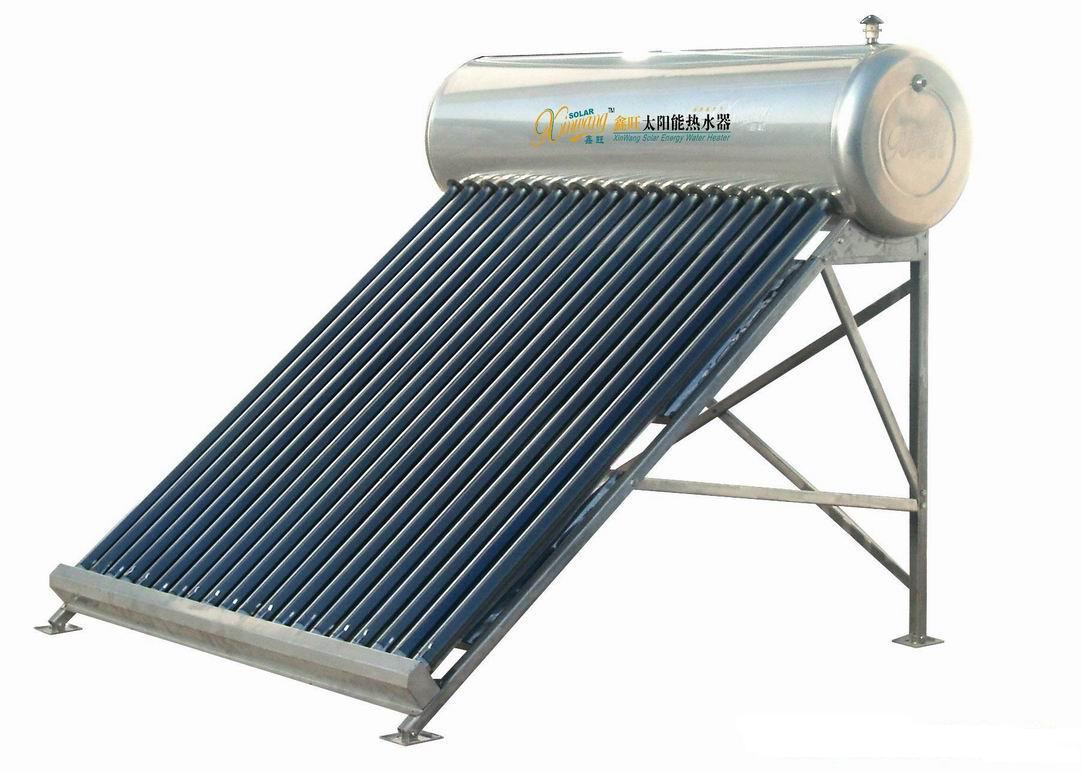Thermal Loss Dangers
페이지 정보
작성자 Tawanna 작성일25-04-19 17:51 조회2회 댓글0건본문
Heat loss is a significant factor to consider when examining the efficiency and effectiveness of solar water heater systems. These systems use the sun's source to heat water for various uses such as bathing, and even space heating. However, just like any other system that involves the movement or storage of fluids, solar water heaters are not exempt from the effects of heat loss.
However, just like any other system that involves the movement or storage of fluids, solar water heaters are not exempt from the effects of heat loss.
One of the major risks associated with heat loss in solar water heater systems is compromised efficiency. When a solar water heater fails to recover lost heat effectively, it can undermine the system's overall performance. This is particularly true in systems where the storage tank is poorly insulated or in cases where the collector surface area is compressed.
As a result, users may find themselves spending more money on fuel or fuel to offset the system's reduced output.
Another risk is the buildup of sediment in the storage tank. When hot water cools down and is held in the tank for extended periods, it can lead to the settling of mineral deposits and other emulsified particles. Over time, these particles can amass and form a layer of debris on the tank's base or gunk the pipes. This can lead to malfunction, reduced flow rates, and in extreme cases, demand costly repairs or even replacement of the storage tank.
In addition to unproductivity and debris buildup, heat loss can also lead to growth of microorganisms. Bacteria and other microbes thrive in hot and moist environments, making storage tanks in solar water heater systems an magnificent breeding ground. If not properly maintained or maintained, the water in these tanks can become polluted with microbial growth and other types of microbial growth. This can lead to disagreeable odors, decreased water quality, and in severe cases, represent a risk to the health of users.
Heat loss can also compromise the long-term integrity of the system. When water is repeatedly lost and then reheated, the storage tank and pipes are subjected to thermal stresses that can lead to failure or degradation. Similarly, poor insulation of the storage tank can lead to thermal shock that can cause it to break apart or become brittle over time. This can result in expensive repairs or premature failure of the system.
To mitigate these risks, system designers and owners should prioritize proper insulation of the storage tank and pipes. This can be achieved through the use of well-insulated tanks, meticulously planned collector arrays, and strategically placed heat exchangers. Additionally, regular maintenance and cleaning of the system can help prevent the buildup of sediments and biological growth.
System owners should also gain knowledge about the optimal operating conditions for their solar water heater. This can include knowing the right thermal operating parameters, keeping track of water flow rates, and fine-tuning the system as needed to reduce heat loss. By taking a forward-thinking approach to heat loss and system maintenance, users can ensure the long-term performance and efficiency of their solar water heater systems.
One of the major risks associated with heat loss in solar water heater systems is compromised efficiency. When a solar water heater fails to recover lost heat effectively, it can undermine the system's overall performance. This is particularly true in systems where the storage tank is poorly insulated or in cases where the collector surface area is compressed.
As a result, users may find themselves spending more money on fuel or fuel to offset the system's reduced output.
Another risk is the buildup of sediment in the storage tank. When hot water cools down and is held in the tank for extended periods, it can lead to the settling of mineral deposits and other emulsified particles. Over time, these particles can amass and form a layer of debris on the tank's base or gunk the pipes. This can lead to malfunction, reduced flow rates, and in extreme cases, demand costly repairs or even replacement of the storage tank.
In addition to unproductivity and debris buildup, heat loss can also lead to growth of microorganisms. Bacteria and other microbes thrive in hot and moist environments, making storage tanks in solar water heater systems an magnificent breeding ground. If not properly maintained or maintained, the water in these tanks can become polluted with microbial growth and other types of microbial growth. This can lead to disagreeable odors, decreased water quality, and in severe cases, represent a risk to the health of users.
Heat loss can also compromise the long-term integrity of the system. When water is repeatedly lost and then reheated, the storage tank and pipes are subjected to thermal stresses that can lead to failure or degradation. Similarly, poor insulation of the storage tank can lead to thermal shock that can cause it to break apart or become brittle over time. This can result in expensive repairs or premature failure of the system.
To mitigate these risks, system designers and owners should prioritize proper insulation of the storage tank and pipes. This can be achieved through the use of well-insulated tanks, meticulously planned collector arrays, and strategically placed heat exchangers. Additionally, regular maintenance and cleaning of the system can help prevent the buildup of sediments and biological growth.
System owners should also gain knowledge about the optimal operating conditions for their solar water heater. This can include knowing the right thermal operating parameters, keeping track of water flow rates, and fine-tuning the system as needed to reduce heat loss. By taking a forward-thinking approach to heat loss and system maintenance, users can ensure the long-term performance and efficiency of their solar water heater systems.
댓글목록
등록된 댓글이 없습니다.


